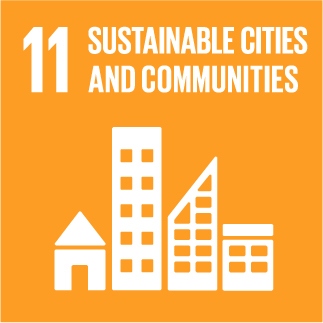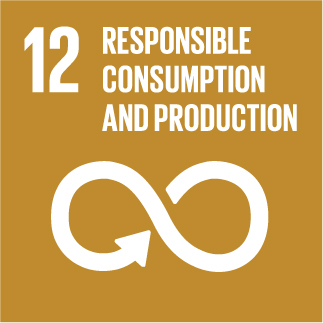URBANREC
Optimization of lactic acid production using immobilized Lactobacillus Rhamnosus and carob pod waste from the Lebanese food industry
The valorization of a solid carob waste from the Lebanese industry was investigated by optimizing the production of lactic acid using immobilized Lactobacillus rhamnosus in alginate beads and response surface methodology. The results showed that pH and alginate concentration had a significant effect on the production of lactic acid. The fermentation of non-enriched carob waste juice needed an additional nitrogen source to improve lactic acid production and yield. From extracts with 65 g/L sugars, the optimum conditions were found to be 2% for the concentration of alginate, 4% bacteria cells entrapped in beads, 80?rpm agitation speed and pH 6.4. Lactic acid concentration obtained under these conditions was 22 g/L with a yield of 76.9 g/g consumed sugar and a productivity of 1.22 g/L/h. The use of invertase pretreatment increased lactic acid concentration from 22 to 40 g/L, but reduced yield at 66.6%. Finally, cells immobilized in alginate beads could be used for at least five successive cycles.

» Author: Hajar Bahry, Rawa Abdalla, Agn?s Pons, Samir Taha, Christophe Vial
» Publication Date: 20/12/2019
» More Information

This project has received funding from the European Union's Horizon 2020 research and innovation program under grant agreement Nº 690103




URBANREC Guidelines by URBANREC Consortium is licensed under a Creative Commons Reconocimiento-NonComercial-NoDerivatives 4.0 Internacional License.
Puede hallar permisos más allá de los concedidos con esta licencia en www.aimplas.net
